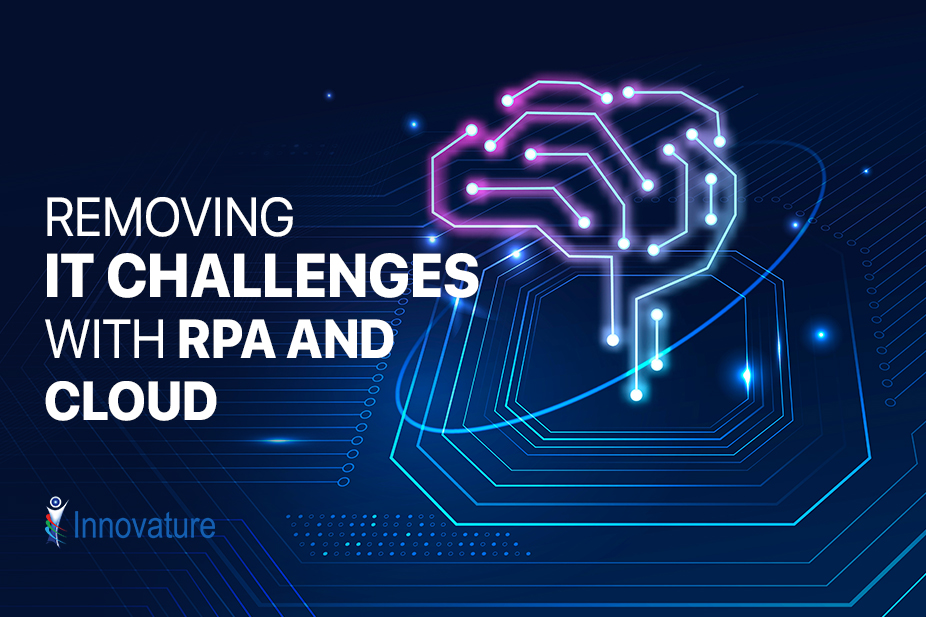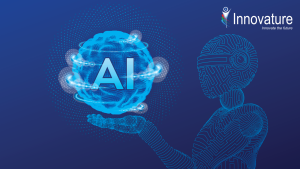



Time and resources are the two of the most important challenges when it involves completing IT duties regardless of the industry, enterprise or location. Users want their requests for applications, passwords, permissions, and repairs to call a couple of typical requests resolved as quickly and efficiently as possible.
Corporate executives needed their IT team to be able to supply the very best quality user lifecycle support and play a key strategic role in technology initiatives like digital transformation. IT teams strive to satisfy user and executive goals while often being faced with a lack of time and as well as resources in terms of staff and technology, especially when working with legacy systems and manual processes. And that’s where cloud automation, combining the advantages of cloud computing and Robotic Process Automation (RPA) with intelligent automation are often an IT team’s best option.
With RPA, the IT teams can automate processes to speed up and streamline the work and reduce human error. Add in cloud, and also the team, alongside a whole enterprise, can gain the advantages of anytime, anywhere access to data and processes which increases the flexibility and scalability and also decreases the total cost of ownership by minimizing the infrastructure expenses, reduced risk and improved control, resiliency and business continuity.
Also cloud RPA can release IT resources and the time that are dedicated to handling their repetitive, manual tasks whether it’s processing tickets or monitoring operations and security. This means a team can focus much more on the higher priority tasks and activities like boosting user satisfaction by making improvements to the ticketing process or enhancing the team’s position as a business partner, playing a much bigger role in enterprise-wide initiatives.
For the Automation, the cloud-native, AI-powered RPA platform will assist us to improve the process in multiple ways.
Handling onboarding and triage tickets represent a large portion of the job. Earlier, those tasks and others were carried out manually for the most part:
● Onboarding
An IT team member sets up a replacement hire with access and therefore the tools or applications to suit the position. With manual processing, it had been a multi-step experience of logging into multiple systems, entering a possible user’s information and establishing privileges. Counting on the extent of level of access and number of applications, the method might be long and involved, opening the door to errors at each step.
● Triage
Handling triage tickets could even be a huge and multi-step process. In order to start, a ticket would be sent to the global service desk. A person’s service representative would review the ticket and assign it to an IT engineer, which could take up too few hours to complete if the representative is busy. With the ticket in hand, so to speak, the engineer would need to go to the endpoint and to the respective application(s) to resolve the task.
● Audits
The IT teams should make sure that only the approved personnel have Automation Anywhere enterprise systems and apps access. With manual processing, the audit needs logging into the human capital management, user authentication and productivity applications to extract reports to verify suspensions and the more names to verify, the more time is taken by the task.
These are just a few of the areas where the manual processes were slowing down the process.
With Automation Anywhere being almost fully used by the organization, the team will be given the chance to leverage the advantages of cloud with bots for cloud RPA. Starting with a Bot first approach to go fully automated, we can create multiple programs to encourage the team members to use their creativity for developing bots to solve the challenges that have been faced. In addition, the cloud platform is to be designed with users and citizen development in mind. So that it will be easy to train the team members to build their own bots. Thus, they can create more bots for different processes that provide many benefits.
With RPA bots and cloud, the Automation Interface for onboarding, changes and repairs, suspensions, and other processes that were needed to be handled manually can be accomplished with intelligent automation anytime, anywhere with the cloud-native platform and tools along with the appropriate credentials.
Imagine an IT engineer accessing the Automation Interface where he can pull up a screen with the ticket and trigger a bot to handle the ticket without switching to another interface or application. Tickets can be assigned directly to an IT engineer and the suspensions can be checked without human intervention at all.
With cloud RPA, we can streamline and speed up the processes for improving the efficiency and productivity of the operation, which can also boost user satisfaction for the services.
Cloud RPA can help us to complete projects faster and easier by eliminating manual tasks for the planning, build and deployment phases. By moving the implementation of the RPA as a service approach, we can reduce the vulnerability to natural disasters and other possible disruptions. For example, prior to cloud RPA, consider that one of the servers hosting bots went down and when it came back online, we needed to manually inspect each of the bots to make sure that it was running again. But cloud RPA can automatically handle this task and quickly fix any issue that is at hand.
Cloud RPA can also help us to offer our employees and customers enhanced cyber security. Bots can provide around the clock security coverage and error free process. They can automatically monitor the process and quickly detect, analyze and remediate incidents and attack vectors, including vulnerabilities. They will also help with the rollout of security upgrades by eliminating the risk of delays.
We can design an audit bot in order to supply greater insights for enhanced compliance. Cloud RPA can also provide us with the ability to simplify the scale of the operation to fit demand. And thus, we can have more time to be a strategic partner in the business.
The time and resources can never be utilized in a much better way than with the cloud RPA. By this we can reduce many hours of manual processing and obtain a higher satisfaction of the users and customers.


In the dynamic realm of legal proceedings, efficiency is not just a luxury but a necessity. Software development companies stand poised to revolutionize legal support services, offering solutions that streamline operations with unparalleled precision and speed.


In the annals of Human Resources (HR), the introduction of Artificial Intelligence (AI) has marked a transformative leap that reshapes the traditional contours and opens doors to unprecedented efficiency.


Blockchain is a decentralized ledger or database that is distributed across a network of computers. Every block in this chain holds a unique cryptographic hash of its preceding block, along with a timestamp and transaction details.